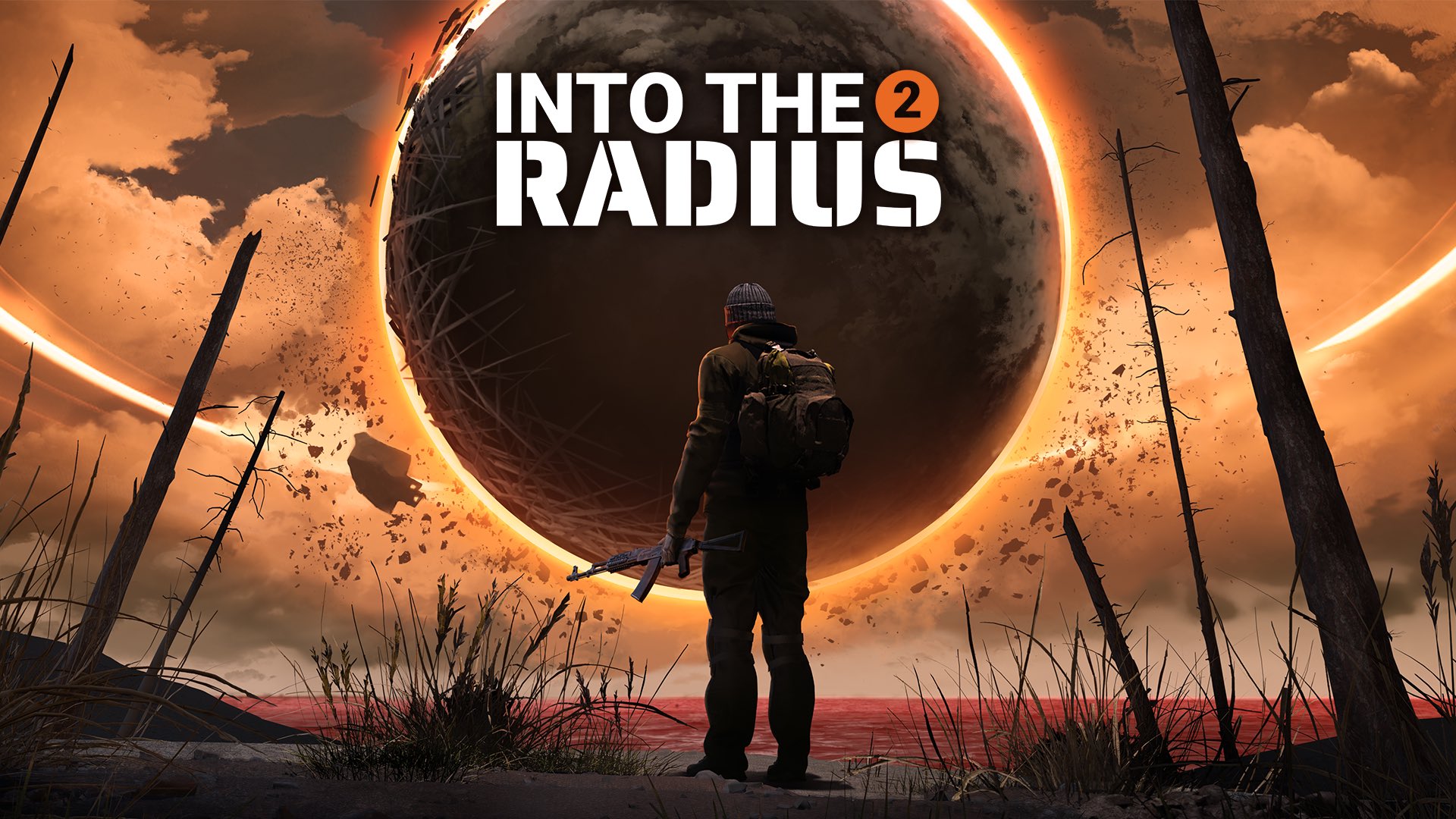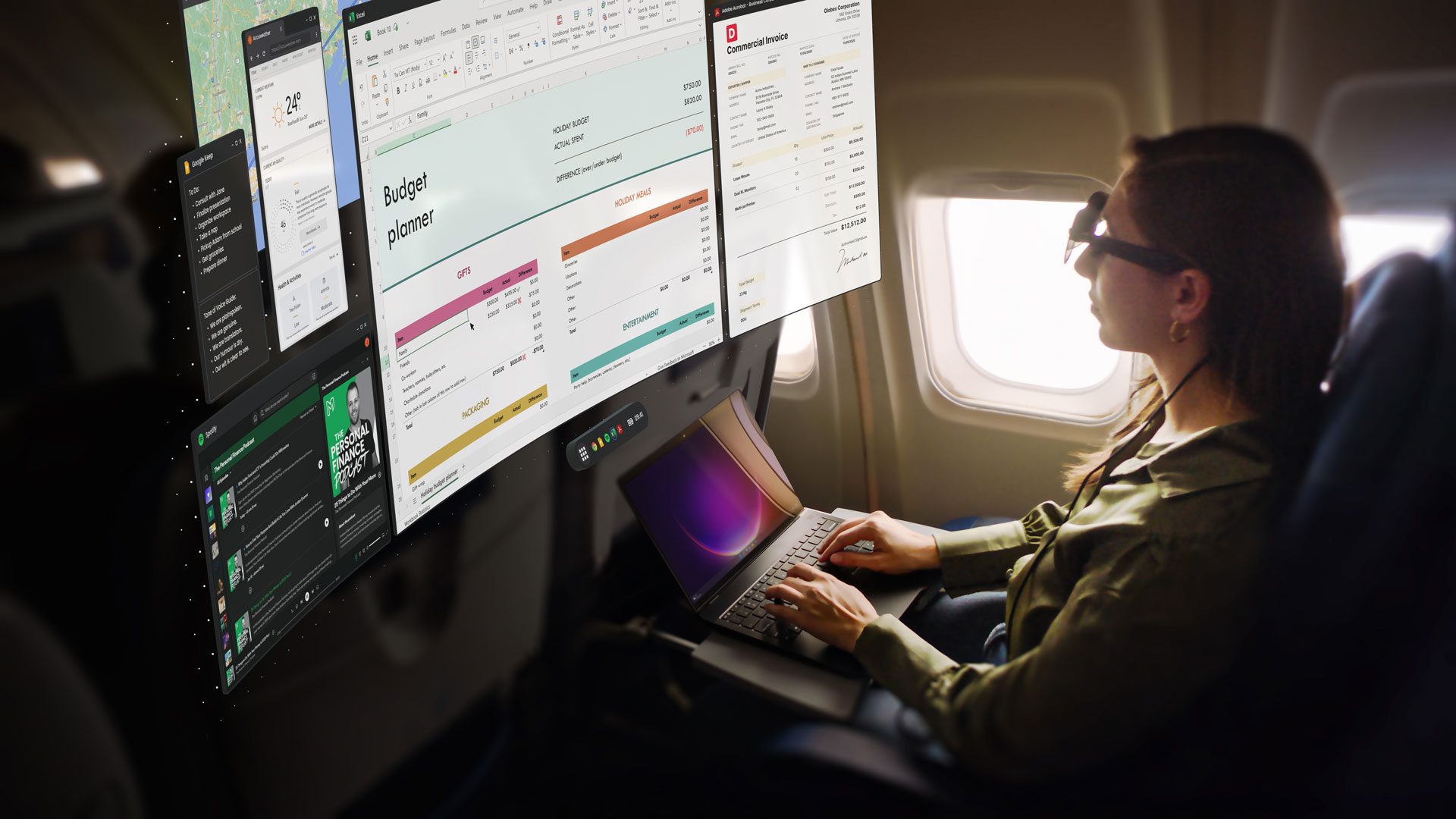Yesterday, PlayStation released an intriguing video featuring Mark Cerny, the system architect, who took the stage at Sony Interactive Entertainment’s headquarters. He offered an insightful walkthrough of the PS5 Pro’s technological marvels, while also clearing up some swirling rumors regarding the console’s performance. One particular topic that Cerny addressed was the supposed “FLOPflation,” a misunderstanding sparked by a leaked claim which inaccurately cited the console’s capability at 33.5 TFLOPs; this arose from a misinterpretation of the console’s integration of RDNA 3-inspired architecture.
In truth, the PS5 Pro boasts an impressive 16.7 TFLOPs, a noticeable bump from the PS5’s 10 TFLOPs. Interestingly, some early accurate leaks highlighted that the PS5 Pro hits 300 TOPS in terms of 8-bit calculations, while 16-bit calculations stand at 67 TFLOPS. Cerny delves deeper into RDNA 2.X, noting that Sony’s customized version of the AMD RDNA 2 effectively incorporates several RDNA 3 elements, without necessitating a complete overhaul of existing code.
Mark Cerny emphasized that the PS5 Pro’s significant upgrades lie in its advanced Ray Acceleration structure, particularly through the use of BVH8 (Bounding Volume Hierarchy). This refinement, alongside enhancements in “Stack management in hardware,” allows graphics shader code to operate more efficiently and simply on the new hardware.
Diving into technicalities, BVH is all about optimizing how bounding boxes are employed—a key component in 3D rendering for tasks such as calculating reflections. Previously, the PS5 utilized BVH4, grouping bounding boxes in sets of four for ray tracing calculations. The leap to the PS5 Pro means exploiting BVH8, which leverages eight bounding boxes. The Ray Intersection Engine has also been upgraded, now assessing rays against eight boxes and two triangles, compared to its predecessor’s four boxes and one triangle setup.
These enhancements to the PS5 Pro’s ray tracing capabilities, achieved through a uniquely tailored version of its RDNA 2 architecture, translate to substantial performance gains, especially in rendering complex light behaviors, though improvements in shadows and flat reflections are more modest.
For a comprehensive look at the PlayStation 5 Pro, including its technical achievements and the broader landscape of the console market, the full 37-minute video is a must-watch. It offers valuable insights into the technologies driving the competitive edge in today’s gaming industry.












![[Free Game Giveaway] Pets Hotel for PlayStation (NA/EU) [Free Game Giveaway] Pets Hotel for PlayStation (NA/EU)](https://www.xgamernews.com/wp-content/uploads/2025/05/Free-Game-Giveaway-Pets-Hotel-for-PlayStation-NAEU-360x180.jpg)


































